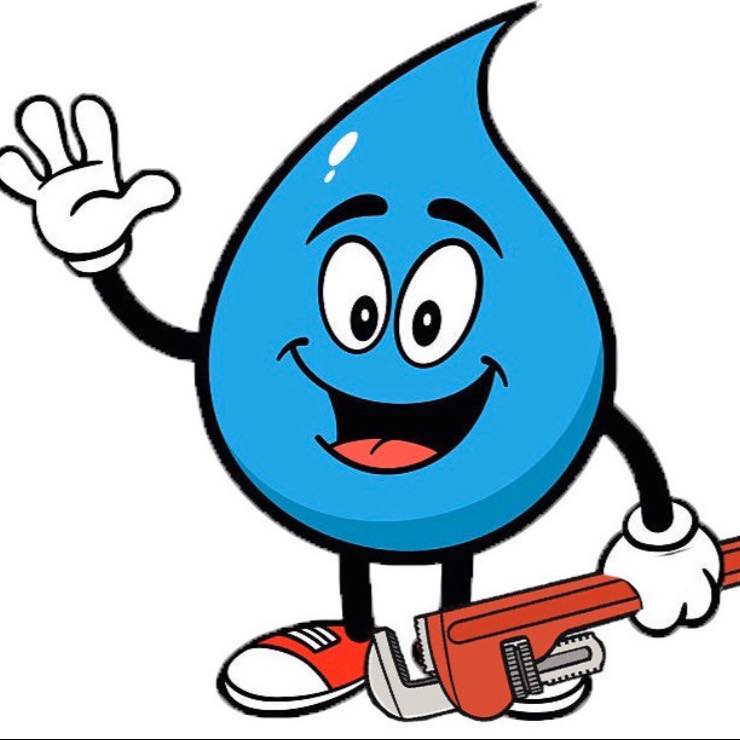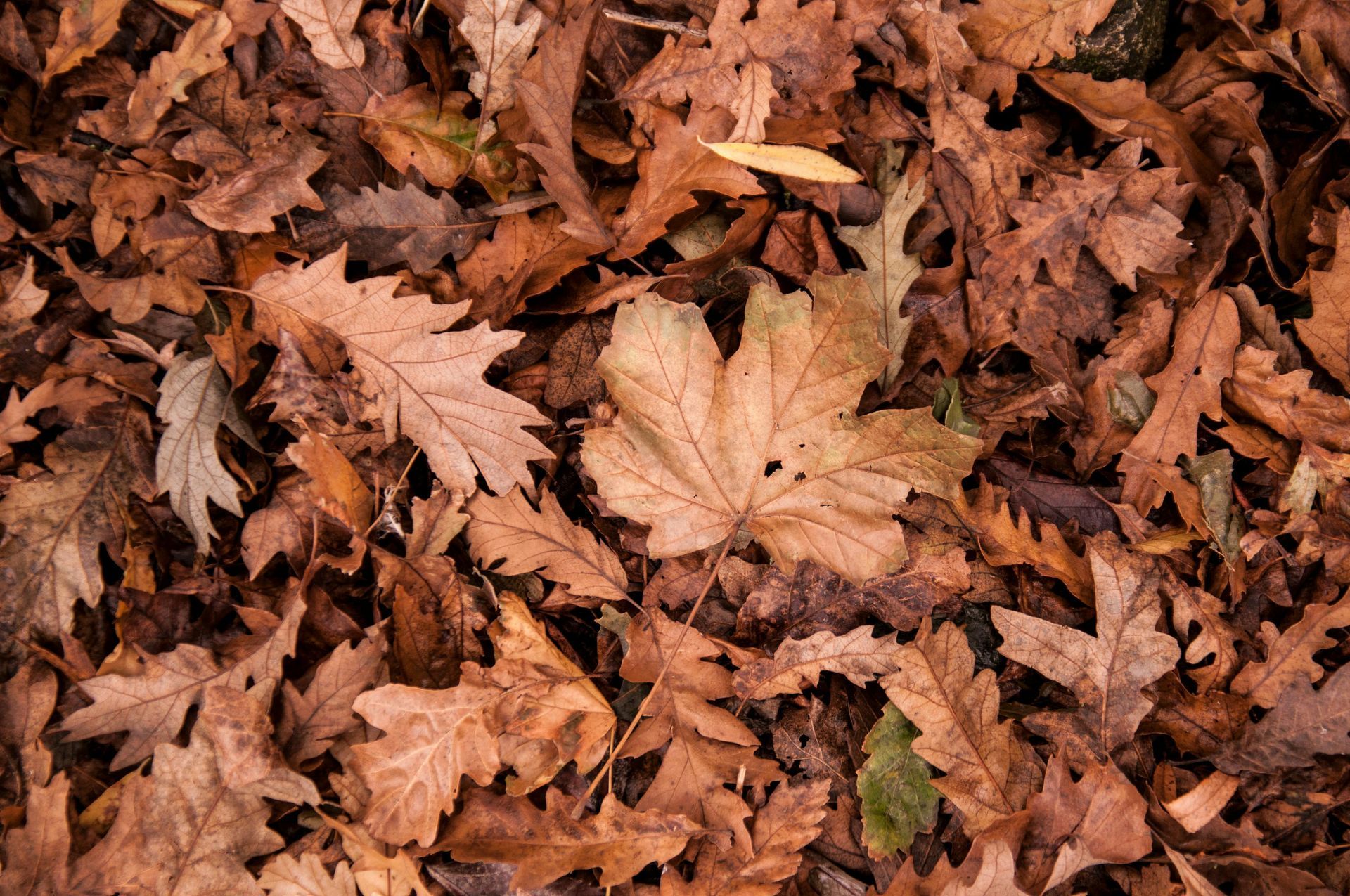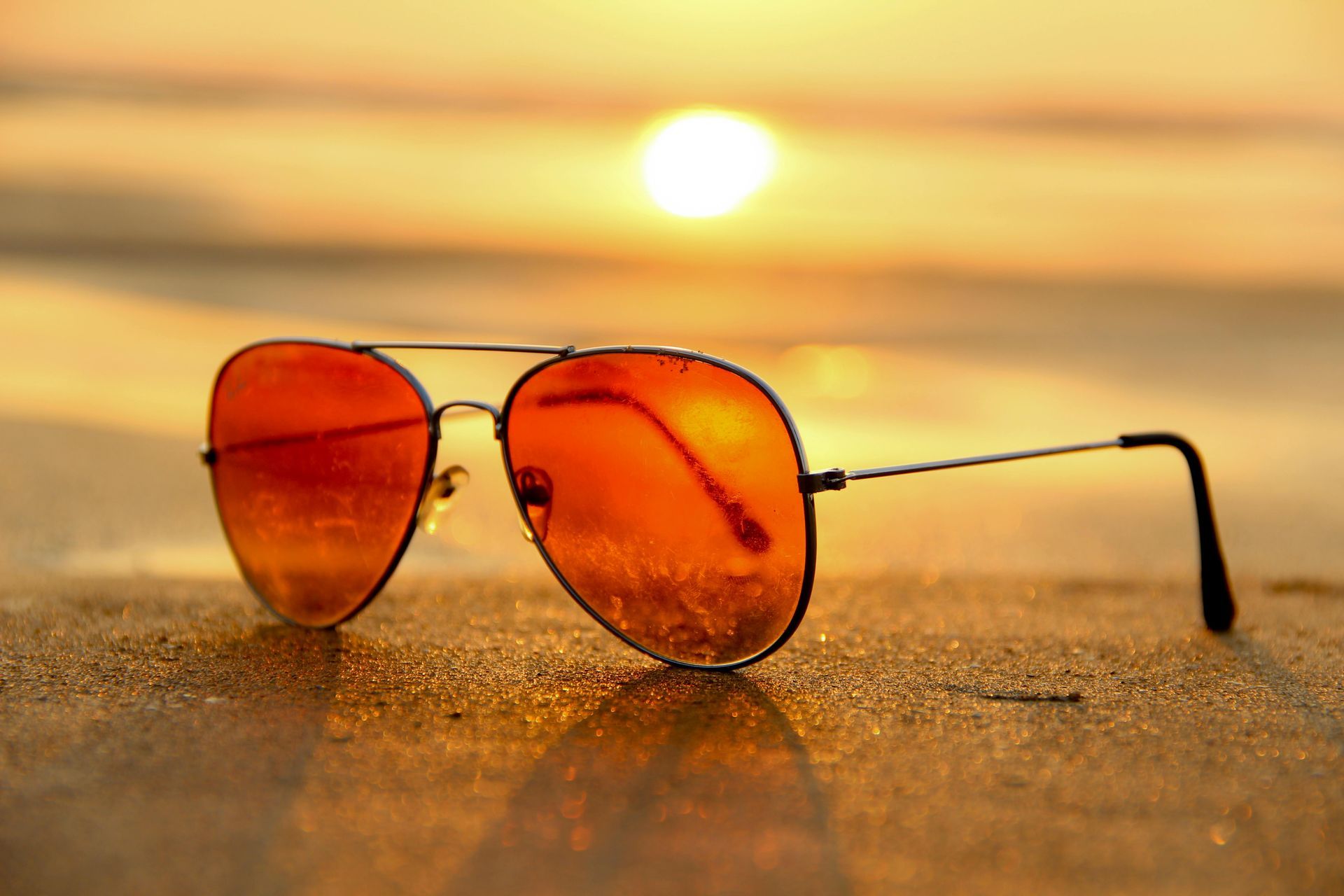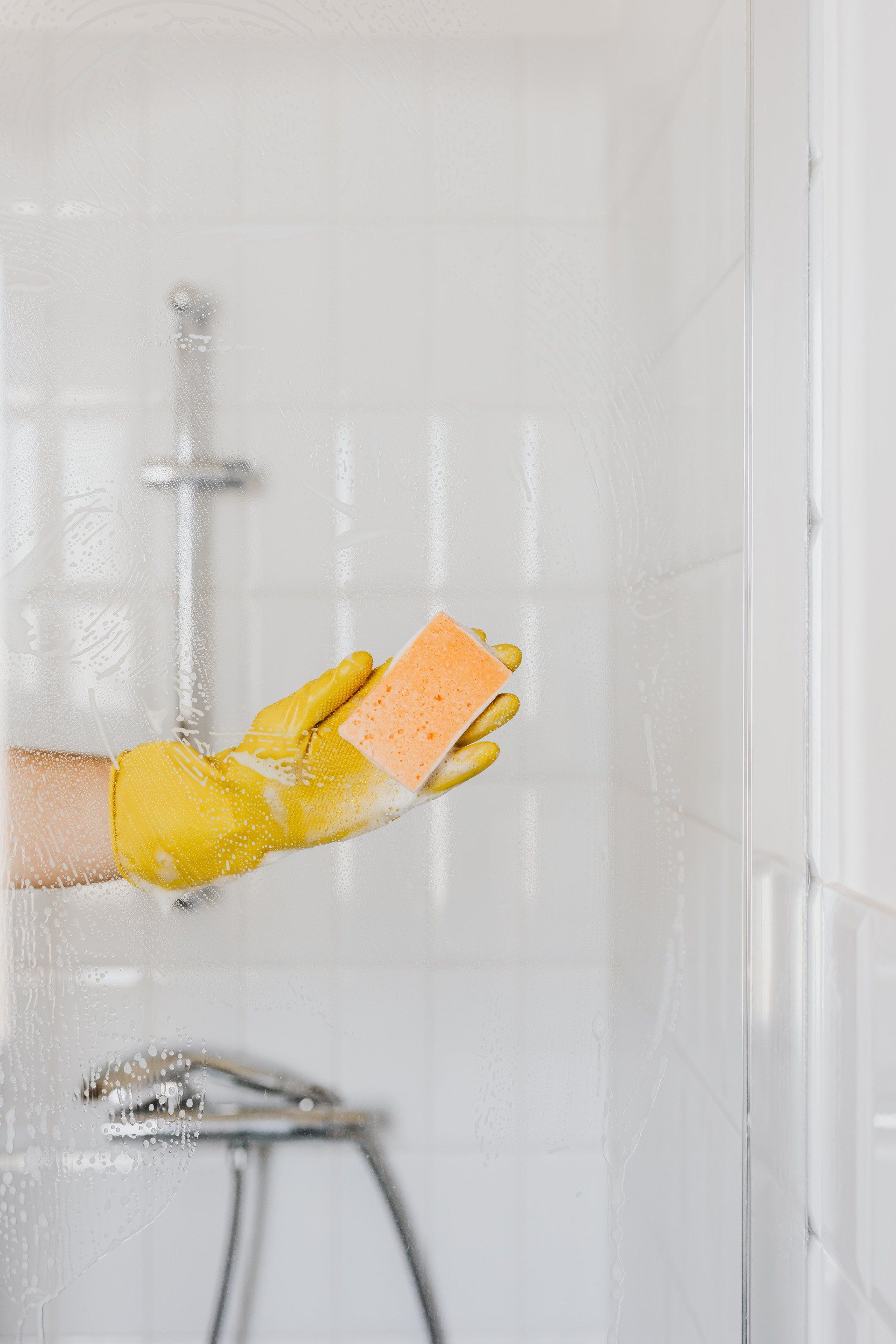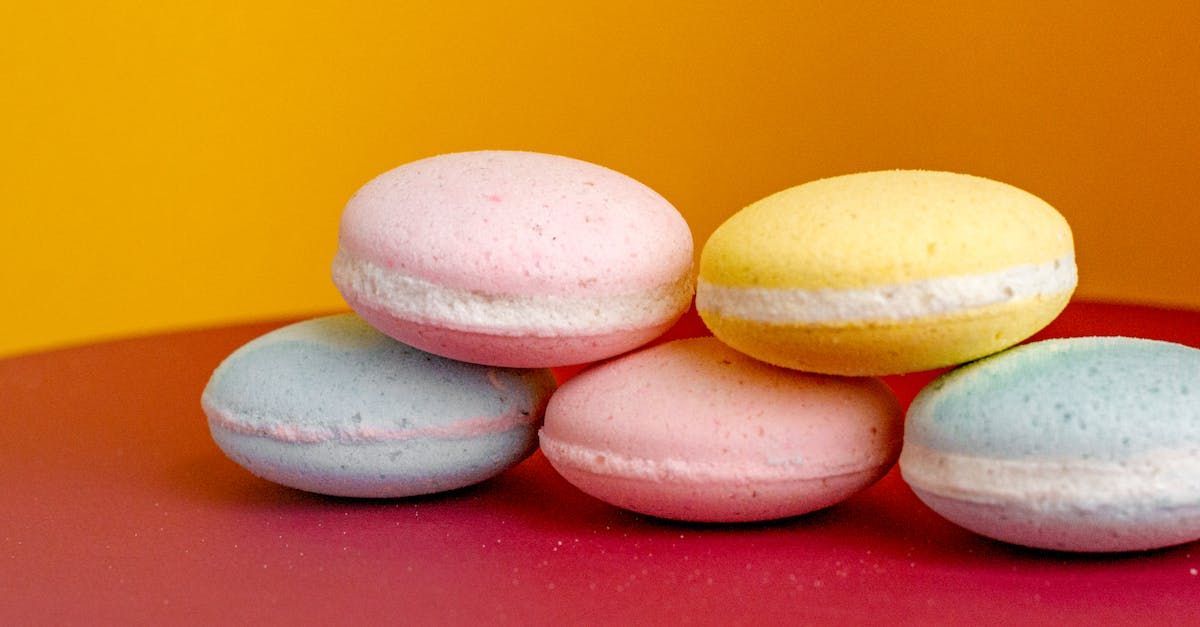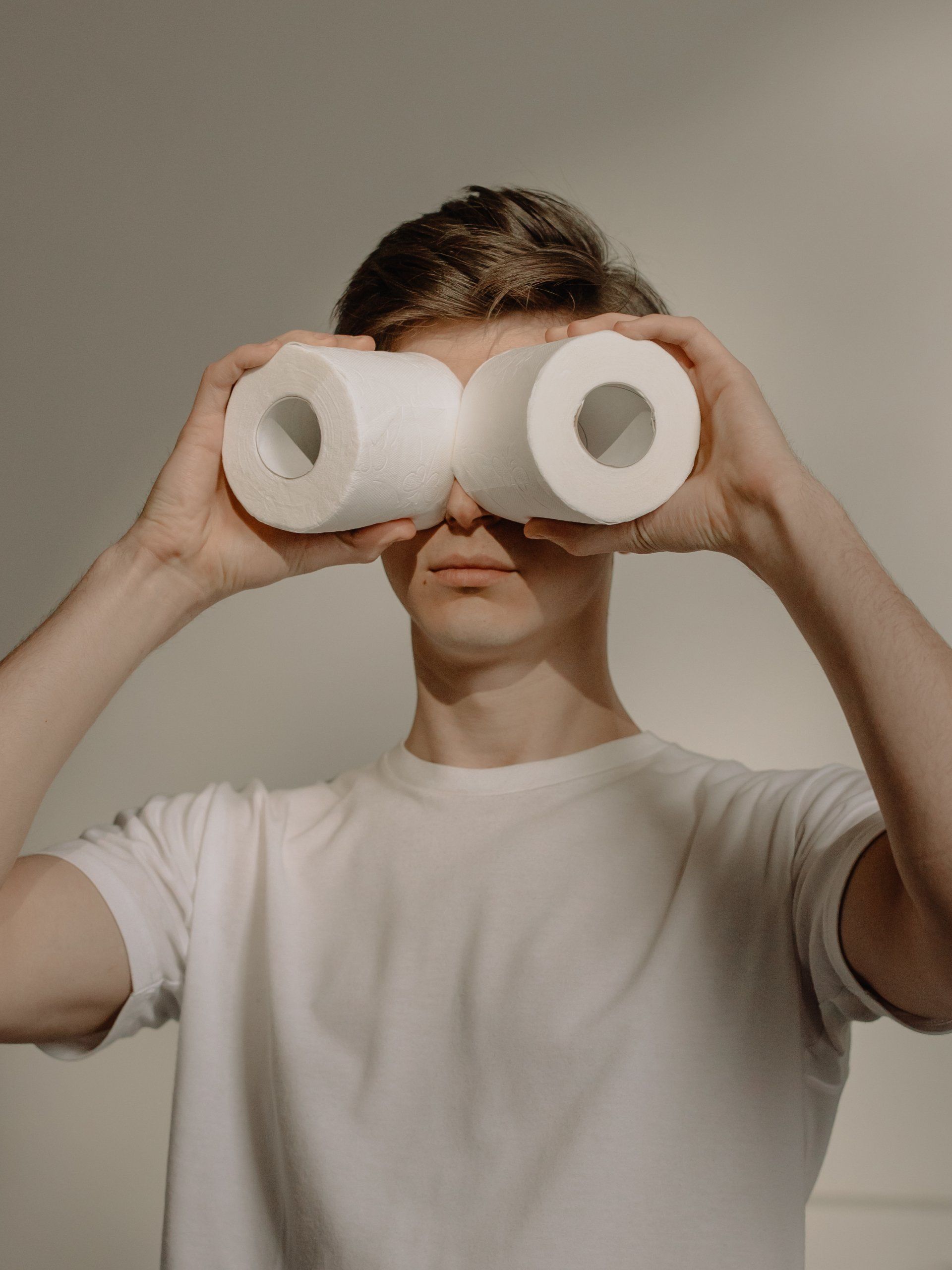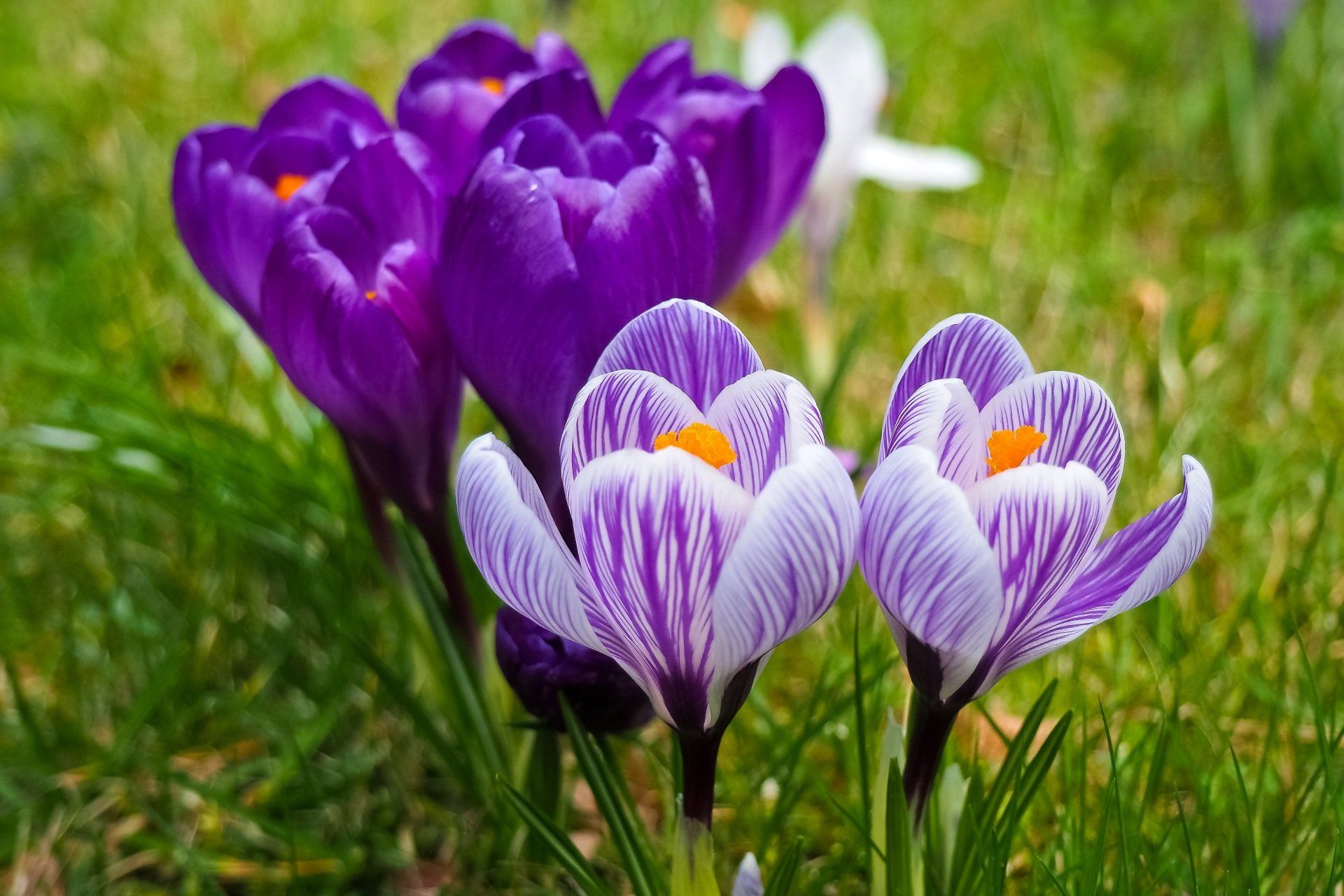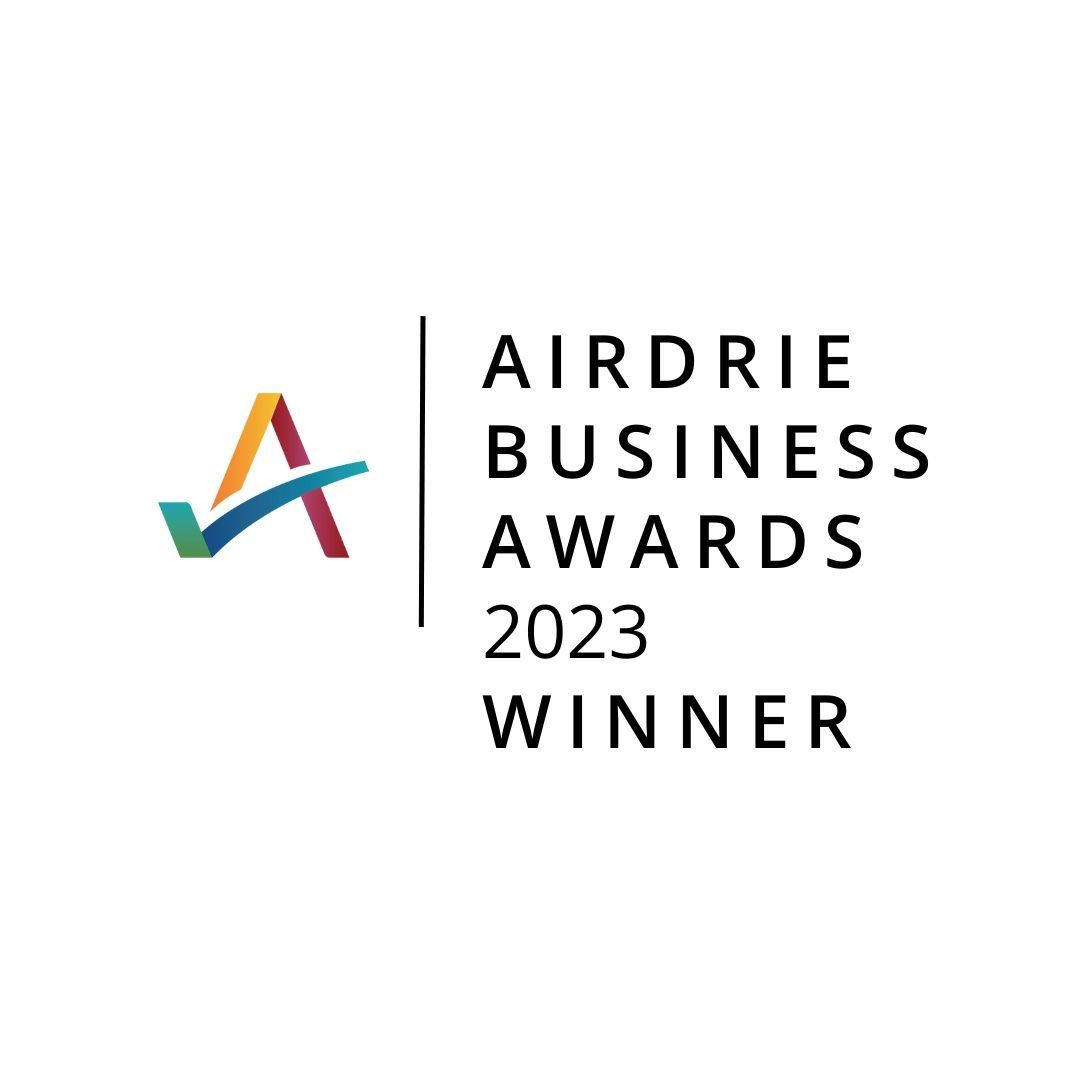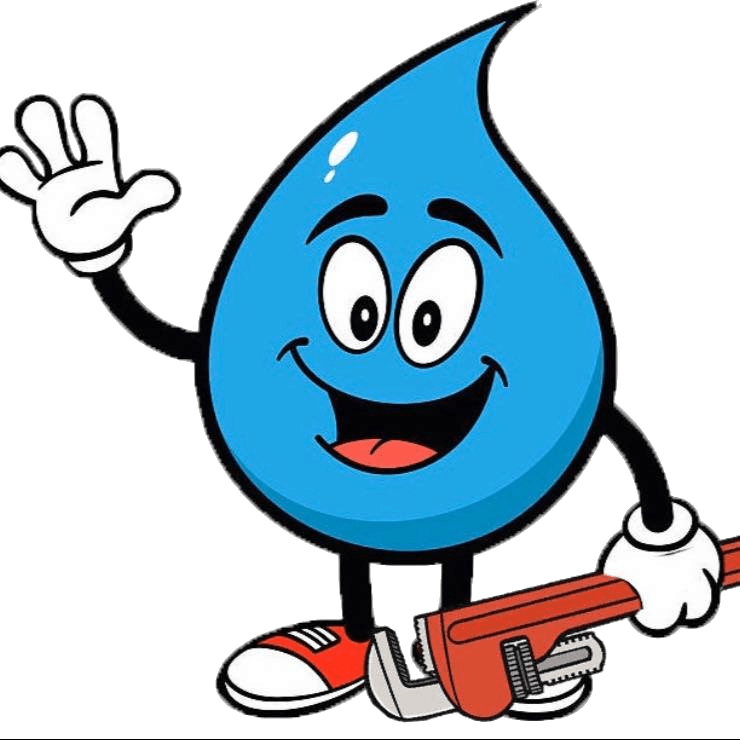To Flush or not to Flush?
Basically, there are 3 things you can always flush…we can probably name them but here we go
Toilet Paper
Urine
Excrement (Poop)
Here is why. The wastewater makes a bit of a journey after you flush. It goes one of two places, either to a septic tank or to the local communities sewage plant. Prior to reaching the sewage plant it goes through a type of screen made of rods that filter larger objects. After that it goes into a settling tank where solids like sand/gravel/grit can settle to the bottom. It is at these beginning treatment stations that other “flushables” get removed.
About 50-60% of “non-dispersible” materials in our wastewater is paper towel from public bathrooms, 20-25% is baby wipes and the rest is made up of a variety of items that should not be flushed. Finally after the wastewater travels through these primary sediment tanks, it continues getting cleaned via aeration tanks, more settling tanks and in many cases tertiary treatment facilities where it is disinfected using UV light and chlorine.
Roughly only 25% of the world even has treatment facilities to clean their water. We are fortunate here in Canada that we have clean water and good treatment facilities so we need to take good care of them! We don’t want to damage the plumbing in our own homes or cause damage at the facilities that treat our water.
Some common items that should not be flushed:
- Paper Towel/Kleenex
- Cosmetic/Baby/Wet Wipes
- Feminine Products
- Dental Floss
- Cotton Balls
- Diapers
- Pills
- Cigarette Butts
- Hair
- Gum
- Grease/oil
- Band-Aids
- Cat Litter
- Dryer Sheets
A great way to know if something is flushable, put the item in a bowl of water, wait a few hours, try swishing the product and see if it breaks down. If it doesn’t then don’t flush it! Easy!
As always, if you think something is stuck in your toilet (or sink) you can always give Paul at PMC Plumbing a call because…. He Loves This Stuff (ok maybe not plugged toilets but call him anyhow!). 587-583-5495
